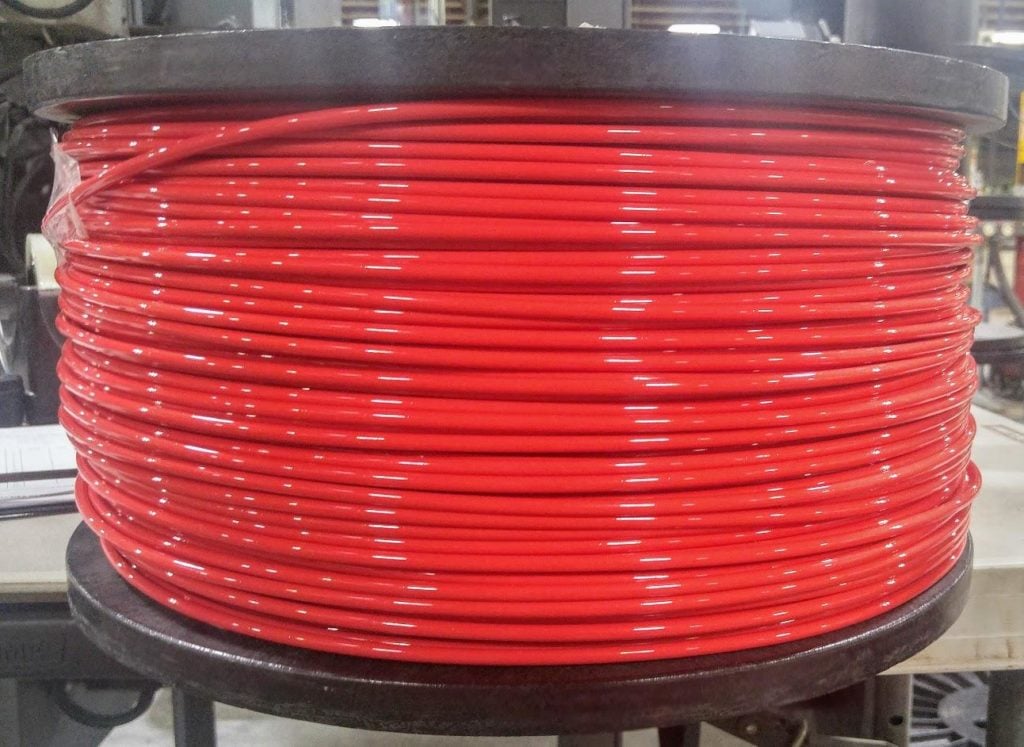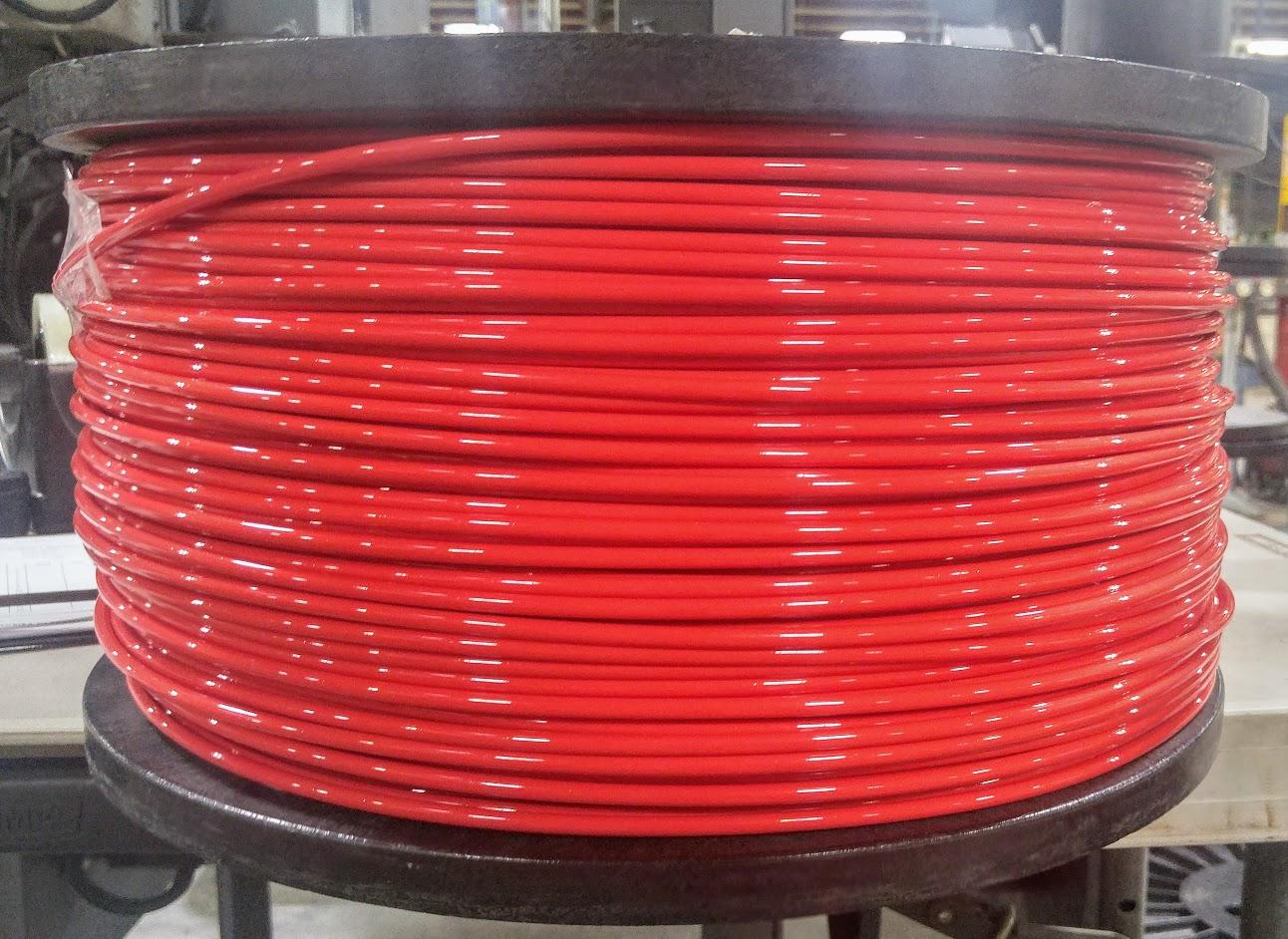
The eternal question of those using filament-powered 3D printers needs an answer.
That question is how best to measure the quantity of filament being used. One of our most popular stories from the past dealt with this question, and it’s time for an update.
Hold on, you say, it’s weight. Weight is almost universally used when you enter an online shop selling spools of filament. Typically you’ll find either 1kg or 750g spools.
End of story, correct?
Not so fast, there are more issues to be dealt with here.
The problem is related to material density. If there was only one material being made into 3D printer filament, the question would be moot. Unfortunately these days there is an increasing variety of materials appearing in filament form, leading to vast differences in spool density.
The basics are equations, with this one being the most fundamental:
Weight = Volume * Density
Material densities vary, and here are some typical example densities for commonly printed materials:
- PLA: 1.24g per cc
- ABS: 1.04g per cc
- PETG: 1.23g per cc
- PA11: 1.10g per cc
- PP: 0.90g per cc
- Wood: 1.20g per cc
- Metal: 3.00g+ per cc
As you can see, there is quite a variance. For example, 1kg of PP gets you 1.1L of material, while 1kg of a typical metal filled filament gets you only 0.33L of material! That’s a difference of almost 4X.
Imagine your surprise when you attempt to print an object using a metal filament, only to rapidly run out of material, far faster than you would if printing it in PLA.
This is why weight isn’t the greatest measure for filament.
On rare occasions you will see filament sold in length units rather than weight. You might purchase 350m of filament, for example, which happens to weigh around 1kg, depending on the material used.
The most prominent use of length measures today is Prusa Research’s frequent buyer system, Prusameters, in which you are rewarded for printing measured in filament length. This can then be traded in for actual filament later when you reach certain thresholds.
I believe measuring by length is not a good method for measuring filament for a couple of reasons.
First, it’s hard to visualize. You can easily imagine the weight of a printable object and that can relate to how much filament you have remaining on a spool. Visualizing length is more problematic, particularly for larger objects with hundreds of meters of filament involved.
The second issue is diameter. While many FFF 3D printers use 1.75mm diameter filament, there are still several prominent machines (I’m looking at you, Ultimaker) that persist in using 2.85mm filament. Because of the diameter difference the length measures would be entirely different. 100m of 1.75mm filament is approximately equal to only 38m of filament.
Even worse, some filament producers are lousy at maintaining a consistent diameter of the length of the filament, sometimes diverging by more than 0.05mm. Over a long length, this could materially change the length calculation.
Some filament suppliers provide a marking system on the outside or inside of the spool to indicate how much filament is left. This could be by weight or length, but those are quite different scales, and the weight measure would vary by density. This makes it challenging to use that kind of system.
Measuring by volume might be another alternative. Instead of weight or filament length, this would measure the three dimensional space occupied by the used filament upon printing.
This could be more intuitive to use. For example, it might be possible by eye to guess the approximate volume of an object, and that could directly relate to filament consumption if measured by volume.
Measuring by volume would be independent of density differences, and would easily allow one to properly estimate quantities required. It would also lessen the sticker shock when purchasing more dense materials.
Unfortunately, virtually no supplier sells filament by volume, as the weight measure has become the de facto standard in the industry.
The good news is that several popular 3D print slicing software tools estimate material volume required for a given print job, getting us part way to a volume game.
On the other hand, there may be situations where you require a specific type of measurement. For example, if you are producing an aerospace part, you might be primarily concerned with the weight of the part. Thus your workflow could be organized around weight, rather than volume or length. The same could happen for a volume scenario.
Back to the original question: what is the best method to measure filament? The answer is twofold.
First, it is the measurement that best matches your applications.
Or secondly, it is weight because that’s the only measure you can normally use when buying filament.

